The 1960s were a golden era for TV, with iconic shows that shaped the landscape of entertainment. But not everything from that time holds up. While some series are still beloved, others have faded into obscurity for a reason. These shows were often the product of their time, experimenting with concepts that didn’t quite resonate or weren’t as polished as we might have hoped.
Looking back at the worst of the 1960s TV shows, it’s clear that not every idea was a winner. Some were too bizarre, too cheesy, or just didn’t age well. From bizarre plotlines to cringey performances, these shows are the ones we tend to forget when reminiscing about the golden age of TV. So, if you’re curious about what didn’t make the cut, here are the worst 1960s TV shows that are best left in the past.
My Mother the Car
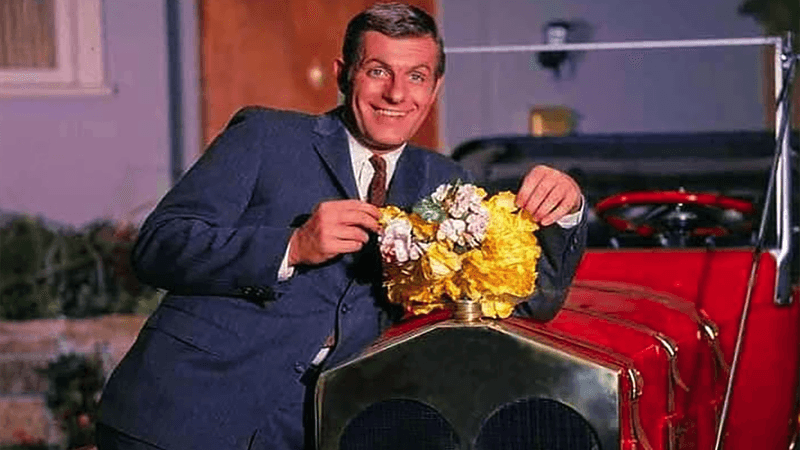
“My Mother the Car” aired in 1965 and is often remembered, not for its quality, but for its bizarre premise. A man’s deceased mother is reincarnated as a 1928 Porter automobile. This peculiar storyline struggled to engage viewers, leading to its short-lived run. The humor was often forced, and the novelty quickly wore thin, leaving audiences puzzled. Consequently, it was unable to find a lasting place in TV history. Despite its innovative attempt, the show serves as a reminder that not all creative ideas translate well onto the screen. It’s a curious chapter in 1960s television history.
The Pruitts of Southampton

Premiering in 1966, “The Pruitts of Southampton” was a sitcom that aimed to blend humor with social commentary. Set against the backdrop of a bankrupt aristocratic family, it attempted to highlight the absurdities of maintaining status amidst financial ruin. However, its execution fell flat. The show struggled with inconsistent writing, and its jokes often missed the mark. Viewers found it difficult to connect with the characters or the story. Despite its ambition, it could not sustain interest, resulting in a brief run. A reminder of how intention doesn’t always match execution on TV screens.
It’s About Time
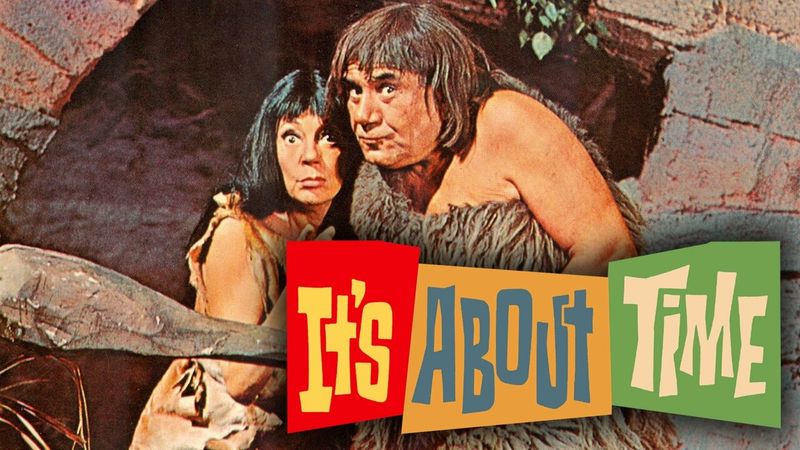
“It’s About Time,” a 1966 sitcom, attempted to capitalize on the era’s fascination with space travel. The show followed astronauts who accidentally travel back to prehistoric times. Despite its interesting premise, it failed to deliver engaging content. The humor relied heavily on caveman stereotypes and slapstick comedy, which quickly grew tiresome. Audiences were unable to connect with the characters, leading to the show’s downfall. It serves as a classic case of an intriguing idea that lacked execution. A forgotten relic of 1960s television, it reminds us how important storytelling is, even in comedic ventures.
The Flying Nun
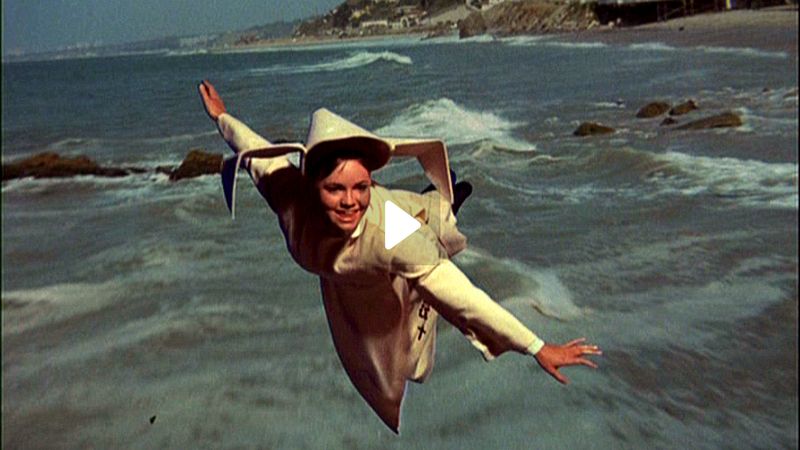
“The Flying Nun” is a sitcom that aired from 1967 to 1970, featuring Sister Bertrille, a young nun with the peculiar ability to fly due to her lightweight and heavily starched hat. Set in a convent in Puerto Rico, the show attempted to blend humor with religious elements.
Despite its unique premise, the show struggled to find a balance between comedy and reverence. The concept of a flying nun was often deemed too whimsical for its time, leading to mixed reviews from both audiences and critics.
Many saw it as a quirky attempt to capitalize on Sally Field’s charm, yet the storyline often felt repetitive and overly reliant on its fantastical element. It remains a curious relic of its time, remembered more for its oddity than its content.
Mr. Terrific
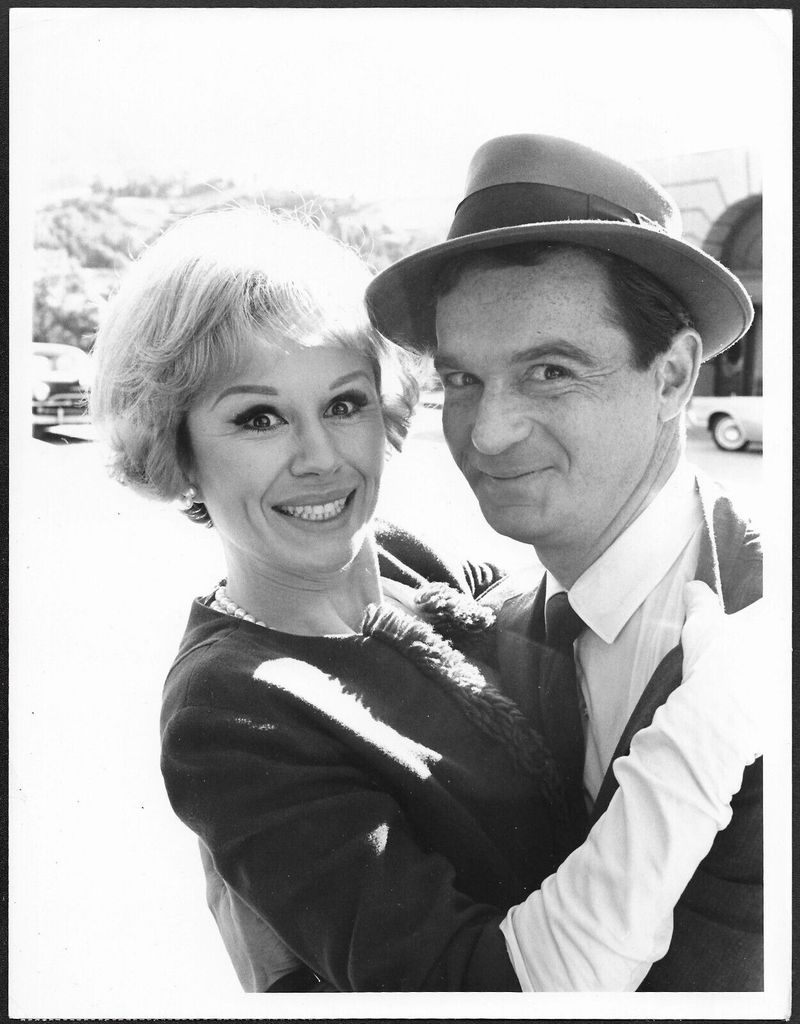
“Mr. Terrific” aired in 1967, attempting to parody the superhero genre with Stanley Beamish, a gas station attendant who transforms into a superhero by taking a special pill. The show was intended to be a comedic take on the superhero craze.
Unfortunately, the humor often fell flat, and the series struggled to maintain viewer interest. The special effects were basic even for the time, and the plotlines lacked the compelling narratives found in other superhero stories.
Critics often pointed out the lack of originality and depth, making “Mr. Terrific” a short-lived and largely forgotten entry in 1960s television.
The Ugliest Girl in Town
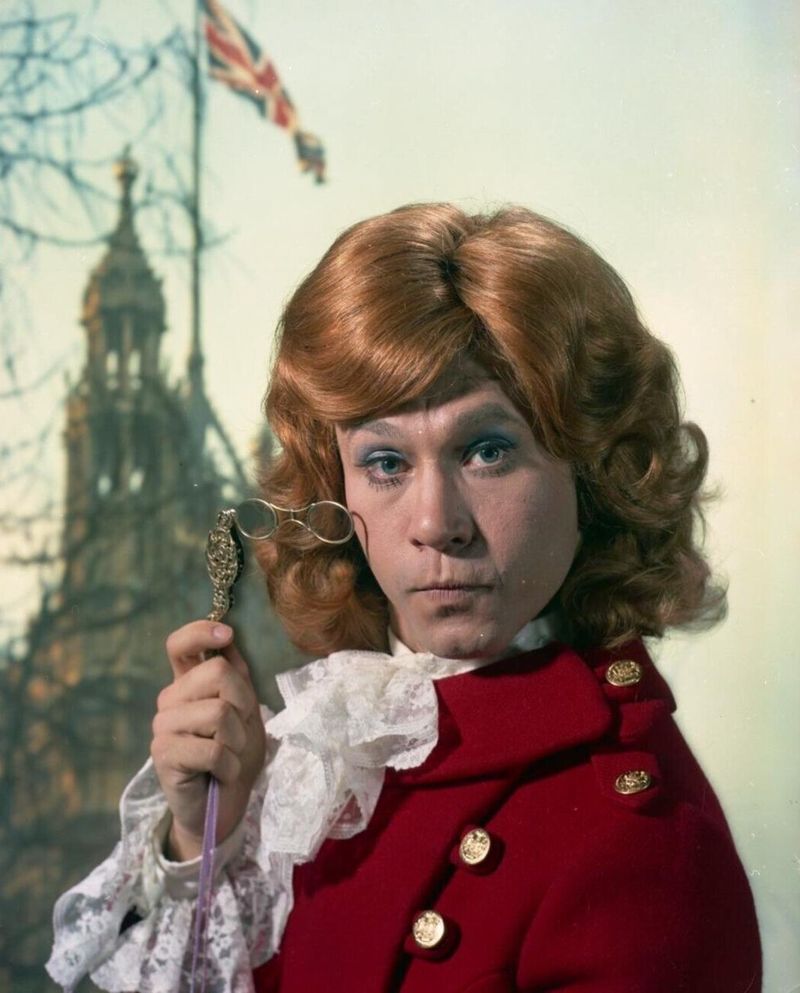
Airing in 1968, “The Ugliest Girl in Town” followed Timothy Blair, a man who disguises himself as a woman to land a modeling job. While it aimed to be a light-hearted comedy, the show was criticized for its reliance on gender stereotypes.
The humor was often seen as simplistic and outdated, even for its time. The premise wore thin quickly, as each episode seemed to recycle the same jokes and scenarios.
Viewers grew tired of the gimmick, and the show failed to resonate with a wider audience. It was canceled after just one season, leaving little impact on the television landscape.
My Living Doll
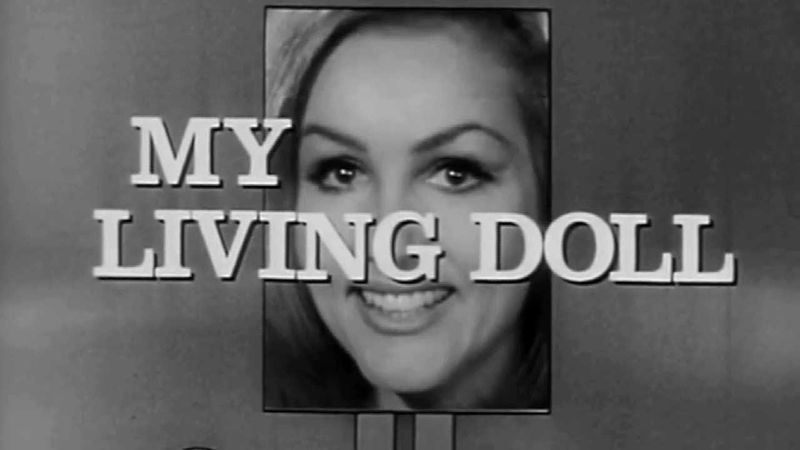
“My Living Doll” aired in 1964, featuring a robot named Rhoda, created to be the perfect woman. Dr. Bob McDonald, a psychiatrist, becomes her caretaker, leading to comedic mishaps.
While the concept was intriguing, the execution was often lacking. The show relied heavily on the novelty of a robot behaving like a human, with humor that felt forced.
The attempt to blend science fiction with comedy didn’t quite hit the mark, resulting in its quick cancellation. It remains a fascinating concept that failed to deliver in execution.
Turn-On

“Turn-On” is infamous for being one of the shortest-lived TV shows in history, airing only a single episode in 1969. The show was designed as an experimental comedy with a rapid-fire barrage of sketches and visual effects.
Critics and audiences alike found “Turn-On” disorienting and utterly perplexing. The avant-garde style, devoid of a coherent narrative, alienated viewers accustomed to traditional formats.
The backlash was immediate, with many affiliates refusing to air it again. “Turn-On” serves as a bold experiment that misjudged the tastes of its audience, leading to its swift demise.
The Hathaways
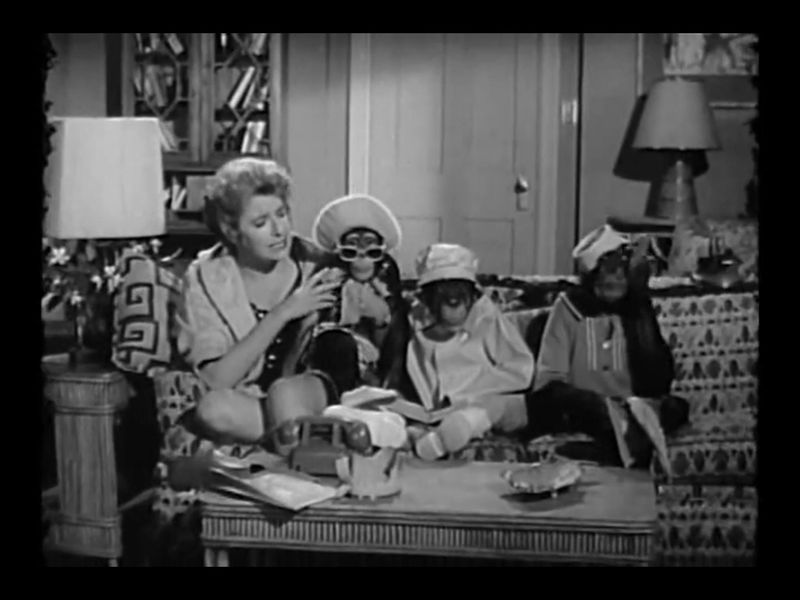
“The Hathaways” is a show that might leave you scratching your head and wondering how it ever made it to air. Premiering in 1961, it follows the life of a talent agent and his wife who adopt a trio of chimpanzees as their children. The concept itself seems amusing at first glance, but as the episodes unfold, the gimmick falls flat.
The humor often relies heavily on the chimpanzees’ antics, which quickly becomes repetitive. The lack of depth in character development makes it hard for viewers to connect with the show beyond the superficial laughs. Despite the potential for quirky charm, it fails to deliver anything meaningful.
For those curious about vintage television’s more eccentric offerings, “The Hathaways” might be a brief diversion, but it’s not likely to inspire any fond nostalgia or critical acclaim.
The Tammy Grimes Show
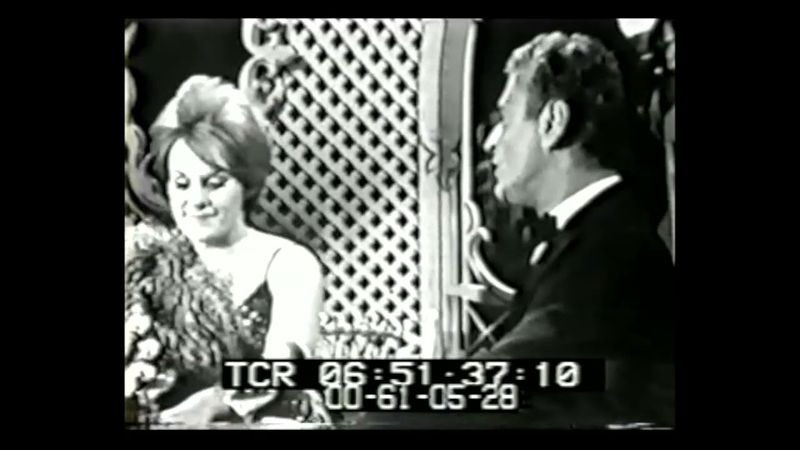
“The Tammy Grimes Show” aired in 1966 and was an attempt to showcase the talents of actress Tammy Grimes. Unfortunately, the show struggled right from the start and was canceled after only four episodes. It featured Grimes as a wealthy heiress determined to spend her fortune in unorthodox ways.
The show’s premise had potential, but the execution was lackluster, with jokes that often fell flat and storylines that failed to engage. Grimes’ character, though spirited, lacked the charisma needed to carry the show solo.
With its abrupt cancellation and failure to leave a lasting impact, “The Tammy Grimes Show” serves as a reminder that not all star vehicles come with a guarantee of success.
